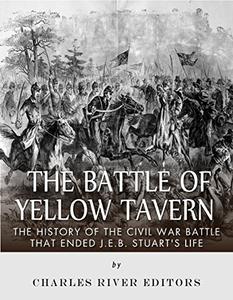 The Battle of Yellow Tavern: The History of the Civil War Battle that Ended J.E.B. Stuart's Life by Charles River Editors
The Battle of Yellow Tavern: The History of the Civil War Battle that Ended J.E.B. Stuart's Life by Charles River EditorsEnglish | May 5, 2015 | ISBN: 1512046930 | 55 pages | EPUB | 1.55 Mb
*Includes pictures *Includes accounts of the fighting and wounding of Stuart *Includes online resources and a bibliography for further reading *Includes a table of contents "He told me he never expected to live through the war, and that if we were conquered, that he did not want to live." - Major Andrew R. Venable, Stuart's aide Alongside Robert E. Lee, no one epitomized the chivalry and heroism celebrated by the Lost Cause more than J.E.B. Stuart, the most famous cavalry officer of the Civil War. Stuart was equal parts great and grandiose while leading the cavalry for the Confederacy in Lee's Army of Northern Virginia. Stuart was a throwback to the past, colorfully dressing with capes, sashes, and an ostrich plumed hat, while sporting cologne and a heavy beard, but he was also brilliant in conducting reconnaissance, and he proved capable of leading both cavalry and infantry at battles like Chancellorsville. As the eyes and ears of Robert E. Lee's army, none were better, despite the fact that he was only in his late 20s and early 30s during the Civil War, far younger than most men of senior rank. In early May of 1864, Union cavalry commander Philip Sheridan organized a massive raid against Confederate supply and railroad lines near Richmond. On May 9, the largest cavalry force ever assembled in the Eastern Theater, over 10,000 horsemen and 32 artillery pieces, arched southeast intending to slip behind Lee's army and head toward Richmond. By doing so, they could harass supply lines, cut up railroad tracks behind Lee's army, and at least feint towards Richmond in a way that would bring about a confrontation. This would give Sheridan the chance to seek his biggest objective: eliminate Stuart's cavalry. Moving aggressively, Sheridan crossed the North Anna River and seized Beaver Dam Station on the Virginia Central Railroad. Anticipating their arrival, Stuart and his cavalrymen had already destroyed most of the critical military supplies, so Sheridan's men destroyed railroad cars, ripped out telegraph lines, and rescued hundreds of Union prisoners of war who had been captured at the Battle of the Wilderness days earlier. Around noon on May 11, 1864, the two forces met at Yellow Tavern, an abandoned inn six miles north of Richmond, Virginia. Not only did the Union outnumber the Confederates, it had superior firepower because many of the horsemen were armed with newly-developed rapid-firing Spencer carbine rifles. Despite the disadvantages, however, the Confederates proved resilient for several hours as both sides conducted charges and countercharges, but during one of them, Stuart came into view of some retreating Union soldiers of George Custer's 5th Michigan cavalry. One of them, a 48 year old sharpshooter named John A. Huff, found himself only about 20 yards away from the vaunted and easily recognizable Stuart. Huff turned and shot Stuart with his .44-caliber pistol, sending a bullet slicing through his stomach and exiting his back, just right of his spine. In excruciating pain, an ambulance took Stuart to the home of his brother-in-law Dr. Charles Brewer, in Richmond, to await his wife's arrival, but before his wife could even reach him, Stuart died the following day at 7:38 p.m. In his final moments, Stuart ordered his sword and spurs be given to his son, and his last words were "I am resigned; God's will be done." He was just 31. The Battle of Yellow Tavern: The History of the Civil War Battle that Ended J.E.B. Stuart's Life comprehensively covers the events leading up to the battle, the fighting itself, and the aftermath of the battle. Accounts of the battle by important participants are also included, along with maps of the battle and pictures of important people, places, and events. You will learn about the Battle of Yellow Tavern like you never have before.



![S.T.A.L.K.E.R. 2 / STALKER 2: Heart of Chornobyl - Ultimate Edition (2024) [+UPDATE 23.12.2024 - v1.1.3] ElAmigos / Polska wersja językowa](https://i.postimg.cc/Zqd8RWGY/UZG8PBE.jpg)




































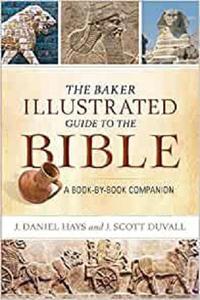
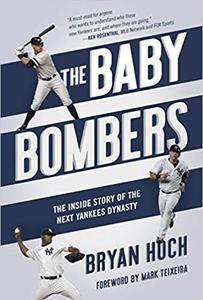
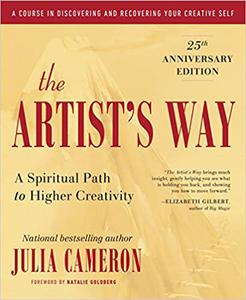


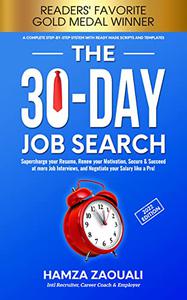









![David Gilmour - Luck and Strange (2024) [FLAC]](https://i.imgur.com/everaBc.jpeg)
![Męskie Granie Orkiestra - Męskie Granie 2024 (2024) [FLAC]](https://i.imgur.com/FAyOxrM.jpeg)
![The Rolling Stones - Hackney Diamonds (2023) [FLAC]](https://i.imgur.com/wCkyyUN.jpg)
![Lady Gaga - Harlequin (2024) [FLAC]](https://i.imgur.com/dcgIA8D.jpeg)
![Natalia Kukulska - Dobrostan (2024) [FLAC]](https://i.imgur.com/bdljG3O.jpeg)
![Kaśka Sochacka - Ta druga (2024) [FLAC]](https://i.imgur.com/hORQKvn.jpeg)
![Kuba Sienkiewicz - Pani Bóg (2024) [FLAC]](https://i.imgur.com/qijCx8Z.jpeg)
![Lanberry - Heca (2024) [FLAC]](https://i.imgur.com/8P7QfeR.jpeg)
![Sara James - PLAYHOUSE (2024) [FLAC]](https://i.imgur.com/m4f8OKg.jpeg)
![Grzegorz Hyży - EPILOG (2024) [FLAC]](https://i.imgur.com/8DA2sBr.jpeg)
![Myslovitz - WIECZORAMI CHŁOPCY WYCHODZĄ NA ULICE (2024) [FLAC]](https://i.imgur.com/l9mMtIG.jpeg)
![Krzysztof Zalewski - ZGŁOWY (2024) [FLAC]](https://i.imgur.com/vh48RAc.jpeg)
![Krzysztof Cugowski - Wiek to tylko liczba (2024) [FLAC]](https://i.imgur.com/SBzgqe2.jpeg)
![Nosowska - Kasia i Błażej (2024) [FLAC]](https://i.imgur.com/mObvVXQ.jpeg)
![sanah - Pianinkowe Kaprysy (2024) [FLAC]](https://i.imgur.com/pVjjPAa.jpeg)
![Kwiat Jabłoni - Pokaz slajdów (2023) [FLAC]](https://i.imgur.com/diERHfZ.jpg)
![Robert Cichy - Spacer po Warszawie (2024) [FLAC]](https://i.imgur.com/ixleU9o.jpeg)
![Viki Gabor - Terminal 3 (2024) [FLAC]](https://i.imgur.com/Q1KCnDs.jpeg)
![Sanah - Kaprysy (2024) [FLAC]](https://i.imgur.com/71OZm4h.jpeg)
![Męskie Granie Orkiestra - Męskie Granie 2023 (2023) [FLAC]](https://i.imgur.com/U4YHo8d.jpg)




